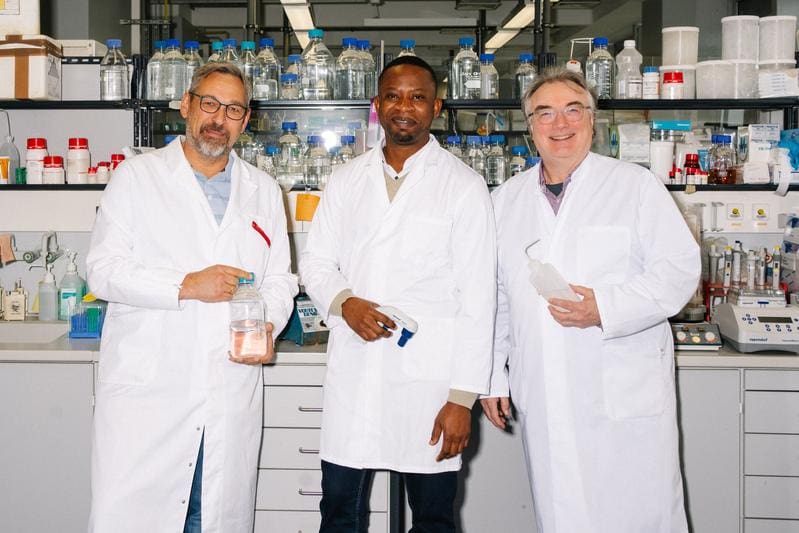RADAR pathway: Discovering new quality control in peroxisomes
Researchers at Ruhr-Universit├żt Bochum have identified a previously unknown mechanism for quality control of protein transport in peroxisomes in the baker’s yeast Saccharomyces cerevisiae. The study, published October 28, 2025 in the journal Cell Reports, describes the RADAR pathway that detects, tags and degrades defective import receptors to ensure organelle function.

Peroxisomes play a central role in lipid metabolism and cell detoxification, for which enzymes must be transported precisely. The team led by Ralf Erdmann and Ismaila Francis Yusuf showed that the RADAR pathway ŌĆō Receptor Accumulation and Degradation in the Absence of Recycling ŌĆō eliminates defective or no longer functional receptors. The focus is on the AAA-ATPase Cdc48p, which interacts with cofactors Ufd1p, Npl4p and the AAA-ATPase Msp1p to pull defective receptors out of the membrane and prepare them for degradation by the proteasome.
The mechanism is similar to the ERAD system in the endoplasmic reticulum and helps prevent malfunctions, which maintains cellular health. Since peroxisomes also play a key role in human metabolism and the RADAR pathway is conserved to humans, the results offer new insights into cell homeostasis and protein quality control.
Original Paper:
Role of AAA-ATPase Cdc48p in peroxisomal quality control – ScienceDirect
Editor: X-Press Journalistenb├╝ro GbR
Gender Notice. The personal designations used in this text always refer equally to female, male and diverse persons. Double/triple naming and gendered designations are used for better readability. ected.




